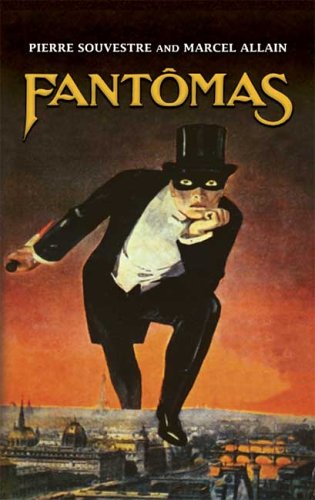Weird Tales 356 Arrives
 The latest issue of the Grand Old Lady of dark fantasy, Weird Tales, arrived at the Black Gate rooftop headquarters last week. This is issue 356, Summer 2010, of a magazine that’s been published semi-regularly since 1923.
The latest issue of the Grand Old Lady of dark fantasy, Weird Tales, arrived at the Black Gate rooftop headquarters last week. This is issue 356, Summer 2010, of a magazine that’s been published semi-regularly since 1923.
This issue’s theme is “Uncanny Beauty: A celebration of the eerily sensuous.” Fittingly, it includes fiction from the eerily sensuous Catherynne M. Valente, as well as a tarot card riff on an eerily sensuous Lady Gaga video, written by the entirely sensuous Amal El-Mohtar.
Plus — there’s more fiction from Ian R. MacLeod, Kat Howard, L.L. Hannett, Mike Aronovitz, and poems by Natania Barron and the extremely cool F.J. Bergmann. Non-fiction includes an article on “Strange Faces” by Theodora Goss, a look at Weird Tales pulp cover artist Margaret Brundage by Paula Guran, a fine remembrance by Senior Editor Stephen H. Segal of long-time WT editor George H. Scithers, who recently passed away, a column about H.P. Lovecraft by Kenneth Hite, and the usual book reviews.
Editor Ann VanderMeer continues to collect sniffs from some of the old guard, who seem to find insufficient sword & sorcery in this incarnation of the new weird, but so far I find little to fault with the authors she has gathered around her banner. And the design and artwork remain top notch.
Cover price for the issue is $6.99. It is 80 pages; cover art is by Alberto Seveso. The website is here.
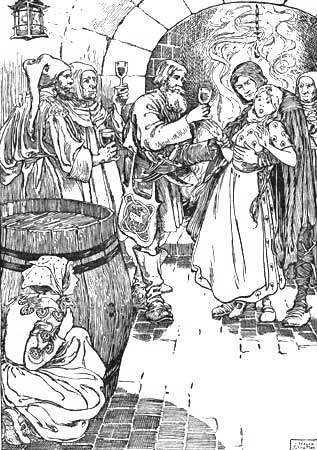 (I passed the 50,000-word mark in
(I passed the 50,000-word mark in 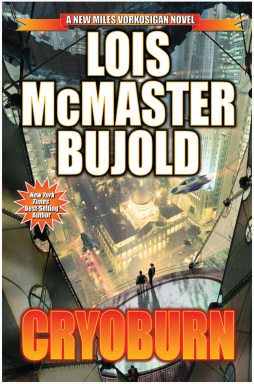

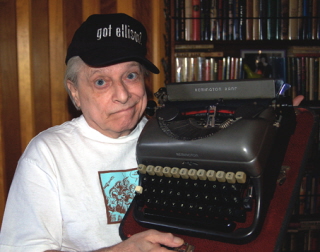
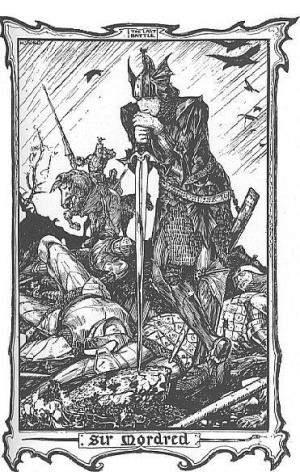
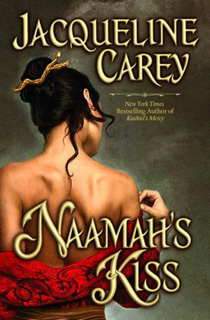
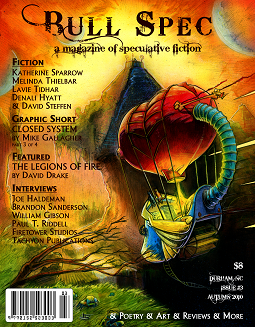 While other magazines are dying (and then, a la
While other magazines are dying (and then, a la 